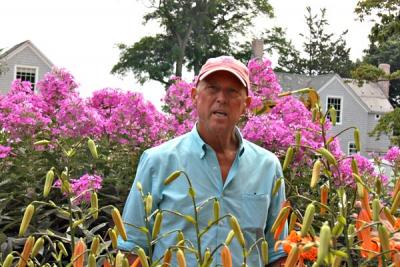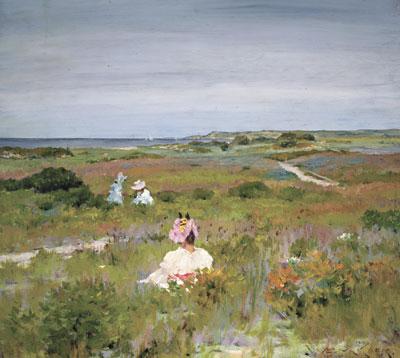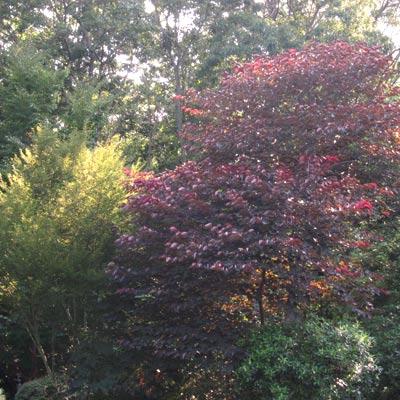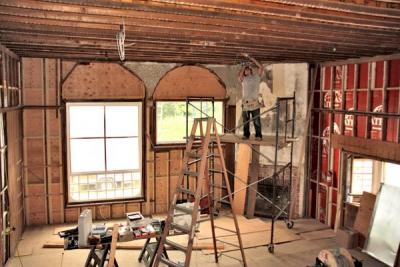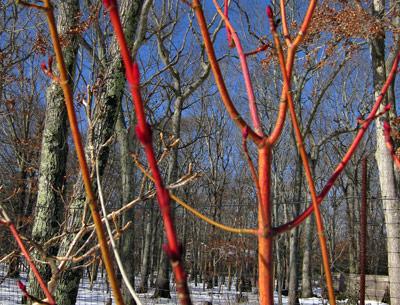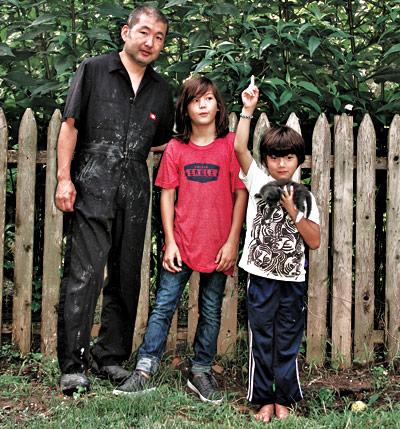Designers Meet the Challenge at ARF's Sagaponack Thrift Store
Designers Meet the Challenge at ARF's Sagaponack Thrift Store
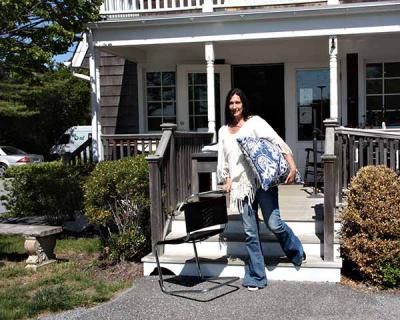
The Animal Rescue Fund Thrift and Treasure Shop will hold its annual Designer Showhouse and Sale, now an institution, this weekend, likely bringing relief to many who may have expected it to be held at what had been its traditional scheduling on Memorial Day weekend.
The organizers have gathered yet another set of accomplished and fresh designers to take objects from the thrift shop’s inventory and transform them both for inspiration and purchase.
This year’s group includes Brian P. Brandy, Jamie Drake, Kevin Hart, Tamara Magel, Mark Schryver, and Peri Wolfman. The event is co-chaired by Gordon Hoppe, Gigi Mahon, Sandra McConnell, and Jeff Pfeifle.
Participants, for the most part, report that they like the challenge of using the found objects in their designs.
For Mr. Drake, whose previous credits include show houses for Kips Bay and the Metropolitan Home Showtime house and rooms in Gracie Mansion and New York City Hall, having to incorporate the store’s objects seemed daunting at first, but he immediately found things that reflected his style. “I found some wonderful pieces, a pair of simple but elegant end tables I’m using as cocktail tables; a charming painting, and a wonderful pair of wicker chaises.”
He will incorporate some of his own things, but the event guidelines are strict: Anything used in the rooms must be for sale and for the benefit of ARF. Mostly, however, Mr. Drake was able to find things “that I could bring together in a cohesive way that reflects my style.”
Mr. Drake will be in the barn with Ms. Magel, who is designing a guest bedroom suite there. She too is excited about her thrift shop finds. “I found a lot of things from here,” she said during a conversation in one of the shop’s main rooms. She had been concerned that the day the designers arrived to choose their pieces would be somewhat of a frenzy; instead, happily, everyone gravitated to different items, pieces that reflected their own style.
Ms. Magel found two old iron beds and saw right away how she could use them, either for a guest room or a child’s room. She opted for the former: “I saw the metal bed and knew I wanted plush bedding to contrast with it.” She chose black and white for the overall scheme, with some pops of color. The theme carries over in an art piece she is working on with her partner, Peter Buchman. (Some will remember Ms. Magel’s aesthetic from the Watchcase showhouse in Sag Harbor last summer.)
While Mr. Drake’s summers in East Hampton and Bridgehampton are long over, Ms. Magel lives in Sag Harbor year round, going into the city for clients but happily in residence here. She likes the style and taste of the younger generation now finding homes here. They are not interested in the deep-pile sisal and the white-walled, pale-blue-upholstery look that defines so much of their elders’ houses, she said, explaining that their tastes run more to metals, such as brass and wrought iron with black accents, glass, and marble. Herringbone floors have become popular, too, she noted. “It’s a more European aesthetic.”
ARF will open the show and sale with a cocktail party on Saturday from 6 to 8 p.m., with a preview hour at 5. Tickets are $150; $250 for the preview. The event will be open to the public on Sunday. Tickets to Saturday night’s benefit are available at arfhamptons.org .


